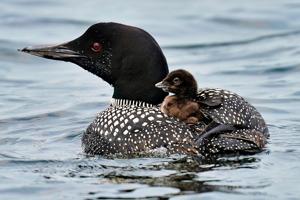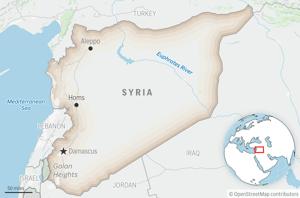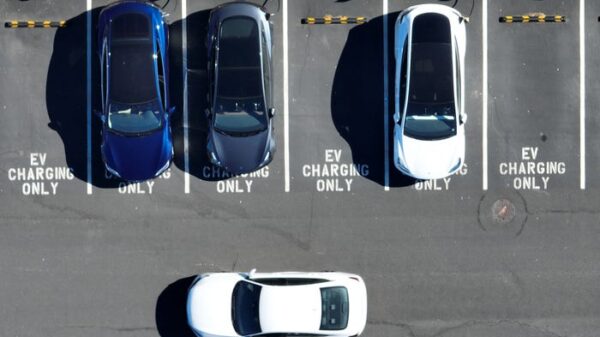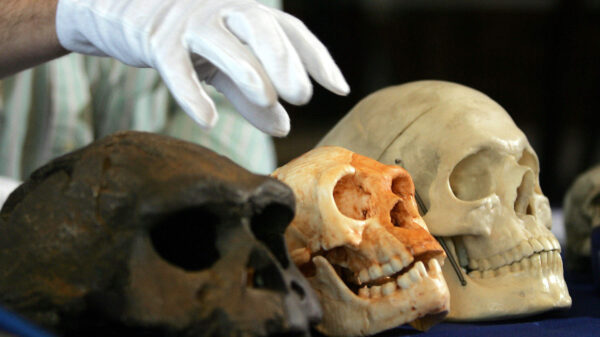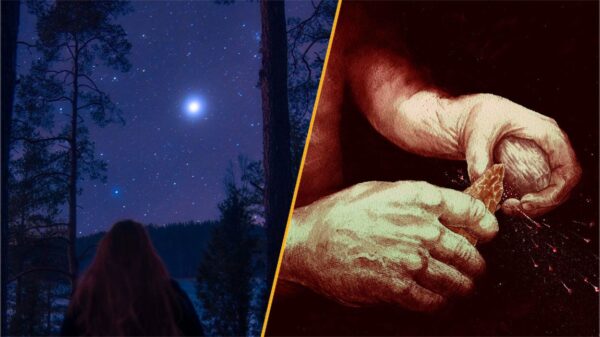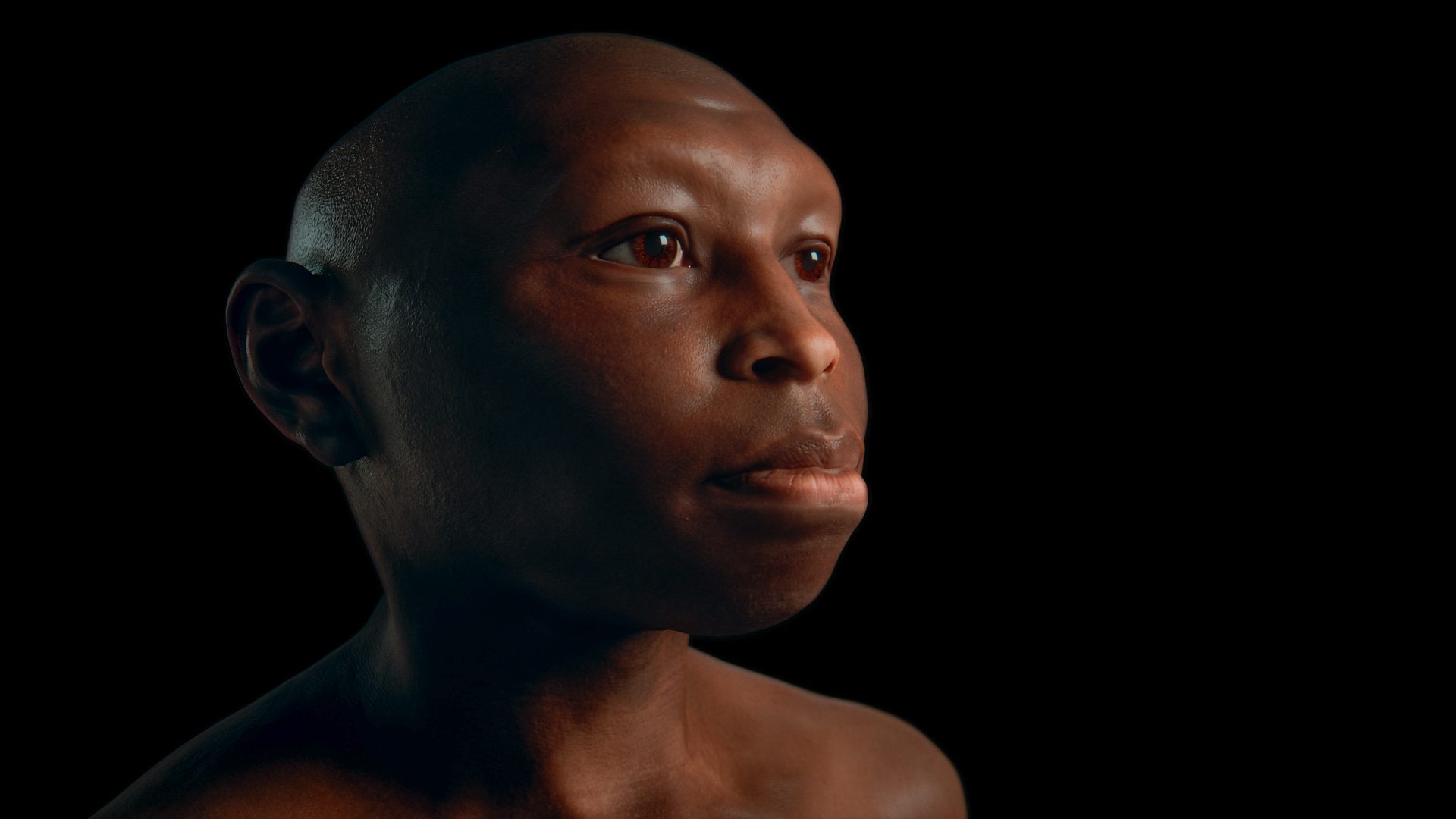The BBC has released groundbreaking images of early human species ahead of its new science series, Human, set to premiere on Monday, July 14, on BBC Two and iPlayer. This five-part series, a collaboration between BBC Studios Science Unit, NOVA, and GBH, promises to deliver the most scientifically accurate collection of hyper-real 3D models of human species ever seen on television.
Paleoanthropologist Ella Al-Shamahi, who plays a pivotal role in the series, describes the project as an unprecedented effort to bring extinct human species to life. “These are the most scientifically accurate collection of hyper-real 3D models of human species ever put on TV that we know of,” she remarked. “They haven’t been seen in the flesh for hundreds of thousands of years and no TV show has ever brought this many human species to life quite like this.”
Revisiting Our Ancestors
The series features four meticulously crafted 3D models, representing Homo floresiensis, Homo erectus, Homo neanderthalensis, and the earliest known Homo sapiens. These models are based on the latest fossil data and photogrammetry techniques, offering viewers a vivid glimpse into the past.
Homo Erectus: The Pioneers
Homo erectus lived between approximately 1.89 million and 110,000 years ago. Initially found in Africa, they later spread across Asia and possibly Europe. They were the first humans to walk upright and are believed to have been the first to use fire and leave Africa.
Homo Floresiensis: The Hobbits of Indonesia
Homo floresiensis, often referred to as “The Hobbit” due to their diminutive stature, lived on the island of Flores in Indonesia. This species existed between 700,000 and 50,000 years ago, standing just over a meter tall with brains about a third the size of modern humans.
Homo Neanderthalensis: Survivors of the Ice Age
Known as Neanderthals, Homo neanderthalensis thrived across Europe and parts of Asia between 430,000 and 40,000 years ago. They were adapted to cold climates, as evidenced by their robust physiques and wide noses designed for breathing cold, dry air.
The Earliest Homo Sapiens
The oldest fossils of Homo sapiens were discovered in Jebel Irhoud, Morocco, dating back to 300,000 years ago. These fossils reveal a different morphology compared to modern humans, including heavier brows and elongated skulls, marking a significant phase in human evolution.
Bringing the Past to Life
The creation of these 3D models involved scanning actors with body shapes similar to the ancient humans. Using hundreds of cameras, the team captured detailed images to form the basis of the models. These were then digitally altered with input from scientific consultants to match the anatomical features of the species.
Al-Shamahi explains, “The hundreds of photographs were digitally stitched together to create a 3D model of the actor. Then, in consultation with our scientific consultants, the team modified the 3D models using state-of-the-art VFX to stretch certain parts of the body and shrink others to match the body proportions and anatomy of the ancient humans.”
Implications for Understanding Human Evolution
This series not only showcases the technological advancements in reconstructing our ancestors but also sheds light on the evolutionary journey that led to the dominance of Homo sapiens. Al-Shamahi’s narrative spans from the revolutionary discoveries in Africa to the extinction of other human species, like Neanderthals, and how these events shaped modern humanity.
As the series unfolds, it promises to deepen our understanding of human evolution and the factors that contributed to the survival of Homo sapiens. The use of cutting-edge technology and scientific expertise in Human provides a comprehensive look at our past, offering insights into the lives of our ancestors and their impact on the world today.
The series is expected to captivate audiences with its blend of scientific rigor and visual storytelling, making it a must-watch for anyone interested in the origins of humanity.






